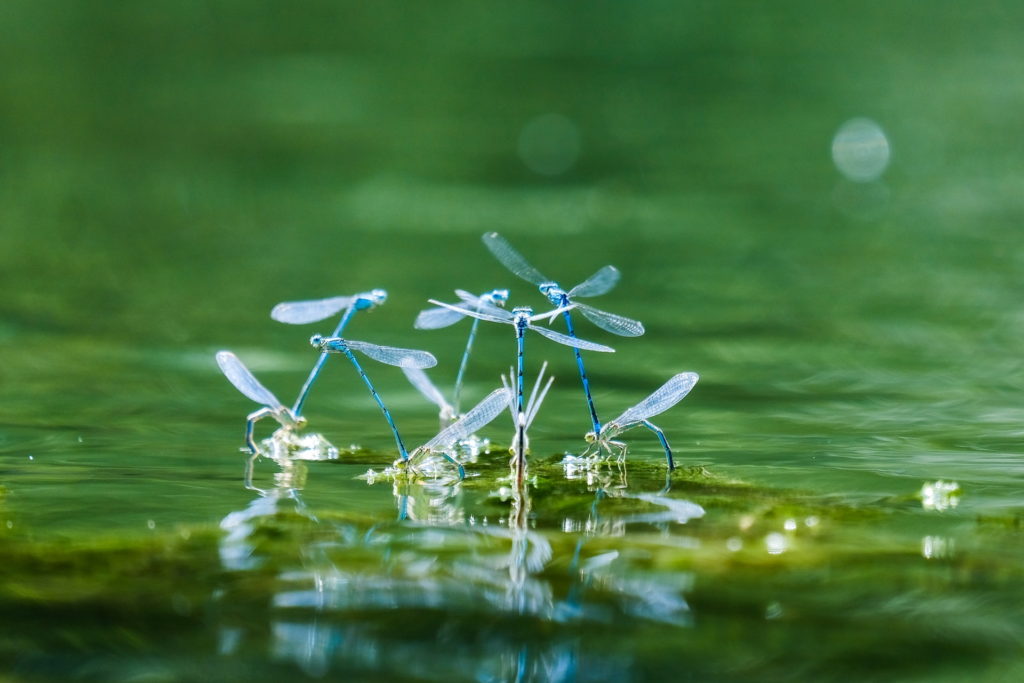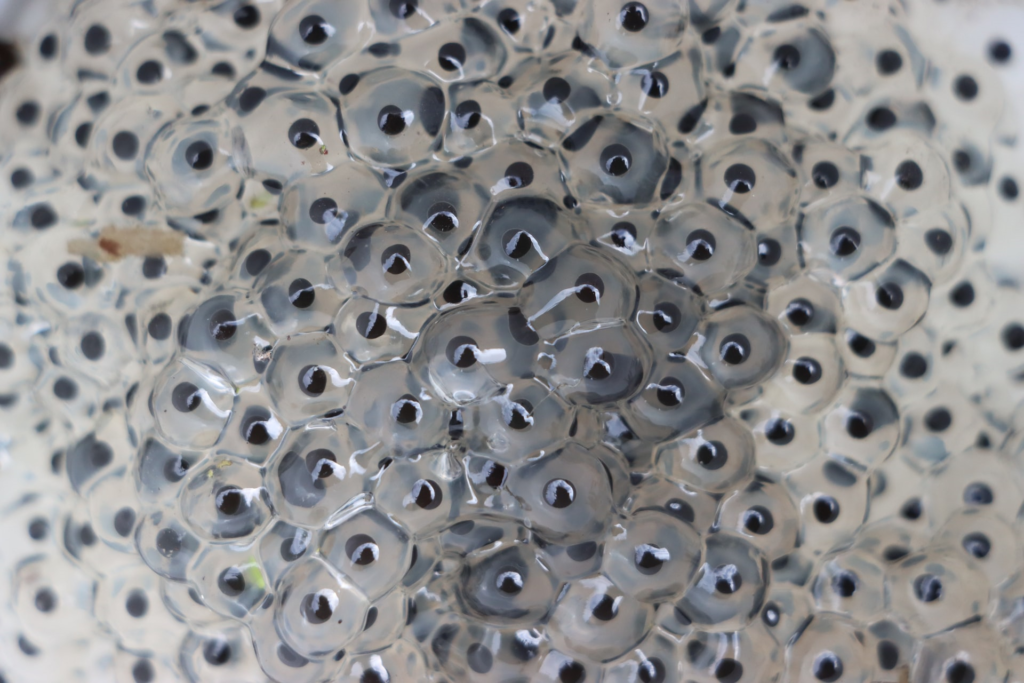(par 4.2.4.1) Water Ecosystems – Freshwater

https://wildtracks.wordpress.com/world-ecosystems/water-ecosystems-freshwater/freshwater-animal-plant-adaptations/ Animal Adaptations Many plants and animals have adapted to the freshwater biome and could not survive in water having a higher salt concentration. As this ecosystem covers a vast portion of the world, the animal life found can vary considerably. Fish are able to obtain oxygen through their gills. Fish such as trout have […]
(par 4.2.4.1) Freshwater Animal & Plant Adaptations

https://wildtracks.wordpress.com/world-ecosystems/water-ecosystems-freshwater/freshwater-animal-plant-adaptations/ Animal Adaptations Many plants and animals have adapted to the freshwater biome and could not survive in water having a higher salt concentration. As this ecosystem covers a vast portion of the world, the animal life found can vary considerably. Fish are able to obtain oxygen through their gills. Fish such as trout have […]
(par 4.2.4.1) ANIMAL AND PLANT ADAPTATIONS AND BEHAVIOURS

http://www.bbc.co.uk/nature/adaptations Adaptations help organisms survive in their ecological niche or habitat; adaptations can be anatomical, behavioural or physiological. Anatomical adaptations are physical features such as an animals shape. Behavioural adaptations can be inherited or learnt and include tool use, language and swarming behaviour. Physiological adaptations include the ability to make venom; but also more general […]
